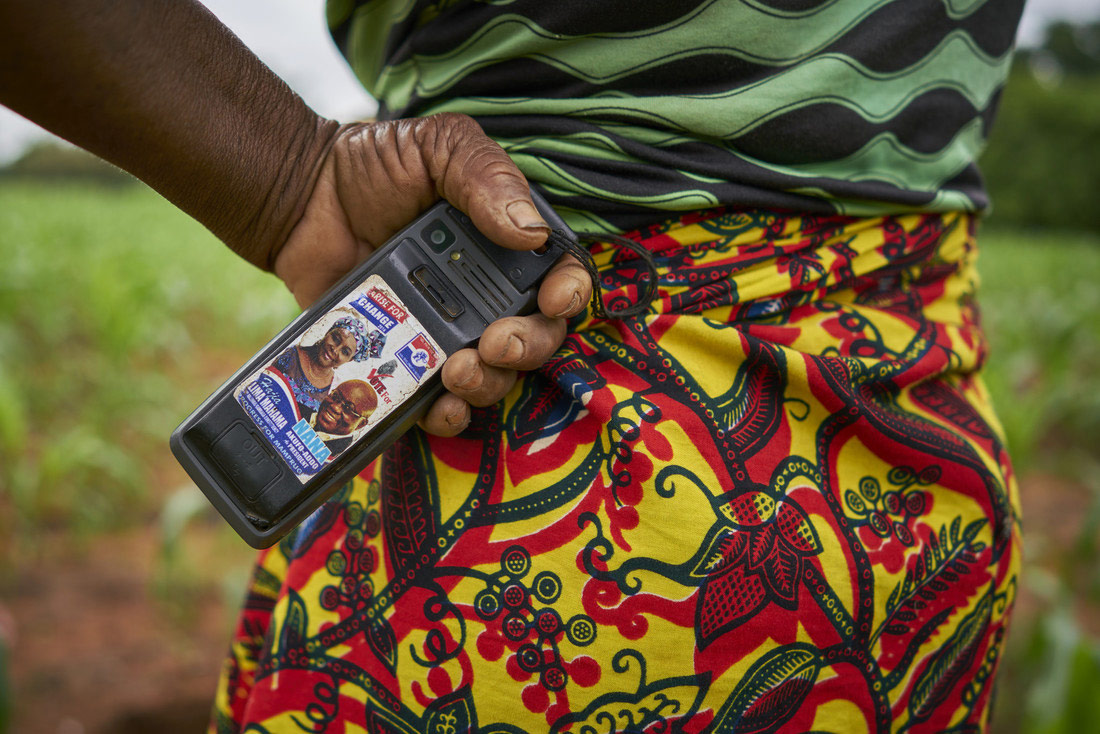Thirty years ago today, the world wide web was born. At some point this year, half the world will be online. That is remarkable progress. But, we cannot simply assume that technology – or access to it – is a force for social good. Of course, it could be used to make life much better for everyone. But, so far, the short-term benefits of the digital revolution have largely consolidated the wellbeing of the few, rather than society as a whole. In the battle against inequality, the allegiance of digital tech is still up for grabs.
Since 2005, the number of people using the Internet worldwide has quadrupled to four billion. Two thirds of the world’s population now own a mobile device. For those with access to these technologies – and the ability to use them – the dividends are many. Health and education services, employment and income opportunities, civic participation options, these are today’s digital pathways to economic, political and social empowerment.
But, to the extent that the most digitally connected of us are being advantaged by these technologies, the least connected are being disadvantaged. To compound the inequality, the least connected are those already most disadvantaged in our societies. The digitalisation of our world is layering a new level of exclusion upon our most marginalised citizens, leaving those without the access, agency, or ability to reap today’s digital dividends further and further behind.
The SDGs – our 2030 global goals – include coverage goals for mobile phones and Internet. But this is a tiny step. If we focus on improving access alone, digital inequalities will stymie our efforts to improve people’s life chances in multiple ways. Gender, race, ethnicity, geography, disability and socio-economic status have all been shown to be determinants of digital technology usage and proficiency. In other words, pre-existing differences in our human capital are being carried over into – and reinforced by – online settings.
When it comes to work, those at the top of the ladder – educationally, professionally and economically – are reaping the vast majority of the benefits. The digitalisation of our economies and labour market is helping to drive up the skills premium as the demand for well-educated, highly skilled labour grows, and a rapidly increasing number of low and unskilled jobs are lost to automation.
The internet’s sharing economy – characterised by companies like Uber, Deliveroo and AirBnB – is creating large numbers of poor quality, insecure jobs, relied upon as a primary source of income by the most socioeconomically disadvantaged, while the bulk of its returns are enjoyed by those who use it for additional income alone. Even at entry level, the increasing necessity of a digital identity to connect to services, entitlements and job opportunities, means inequalities in who has documentation and status further excludes those who are already socially, economically and politically marginalised.
We’ve done a huge amount of work at Oxfam in the last few years to combat inequality, but this work won’t achieve all it could and should unless we ensure that digital inequalities are part of our big picture. Unless we can make the digital revolution more inclusive, the inequalities that already fracture and polarise our societies are likely to worsen rapidly. Any of us who are concerned with life chances and trajectories, with understanding how we can shape the social landscape of the 21st century, need to get to grips with digital inequality.
We can take small, but important steps: to encourage projects such as platform cooperativism that aim to empower users and feed profits back into society; to seek new regulations that will compel providers to hardwire fair-work principles into their mechanisms for connecting people to work; to seek commitments from all those involved in the design, financing and implementation of new technologies to ensure that they are human-centred and grounded in the needs of the most marginalised; to ensure, ultimately, that social impact begins to take priority over profit.
At the same time, we can focus on developing the human capital that will enable the most disadvantaged in our society to benefit from technological advances.
But, more than that, while the digital age is still in its infancy, we need to seize our chance to reshape its architecture. Back in 1996, someone drafted a visionary, and, at the time, rather controversial, Declaration of the Independence of Cyberspace. But cyberspace is not independent; increasingly, it is intertwined into our daily, physical lives. As a member of the UN High Level Panel on digital co-operation, I’ve come to wonder whether what we really need is a body of common principles that set out what our human rights actually look like in a digital age, a set of principles that can hardwire the optimum operating system for our common, inclusive digital future.
After all, technology isn’t a force of nature; it’s a tool that we have created. It doesn’t solve social, political or economic issues, it merely implements and amplifies human intent. If policy makers, the private sector and civil society can come together now to make choices that will catalyse the potential of the digital revolution to equalise and empower us all, then the fight against inequality will have gained a powerful new ally.
This blog was first published on NS Tech.
To have your say on digital inequality tweet #OxfamDigitalSeries
